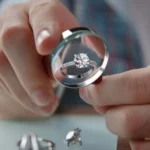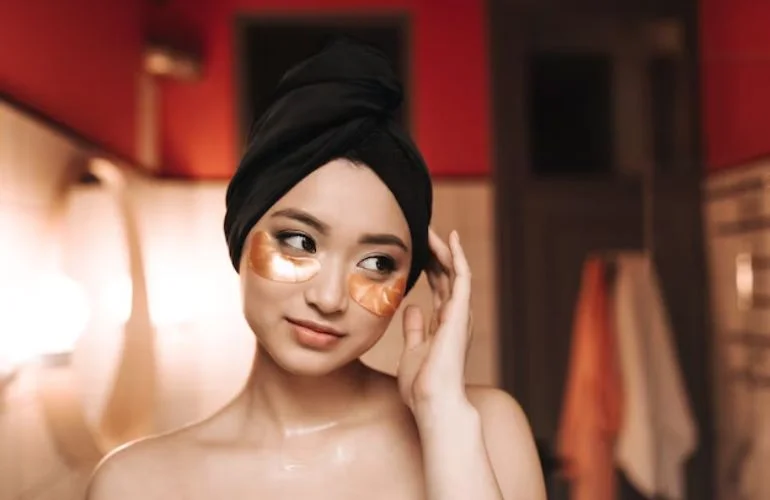Japanese beauty standards have long influenced global beauty trends. From flawless skin to specific facial features, the idea of beauty in Japan is often associated with a unique mix of tradition and modernity. Understanding Japanese beauty standards not only reveals cultural values but also how they are evolving in today’s fast-paced world. In this blog, we will explore the fascinating aspects of beauty in Japan and how they are defined.
Traditional Japanese Beauty Standards
For centuries, traditional Japanese beauty was often rooted in simplicity and elegance. One of the most prominent aspects was fair skin. In Japanese culture, pale skin was viewed as a symbol of beauty and nobility. This ideal came from an ancient belief that lighter skin reflected a higher social class, as people with wealth could afford to avoid working outside in the sun.
Long, dark hair has also been a long-standing trait associated with beauty. Straight, sleek black hair was admired for its natural beauty. Women with long, shiny hair were considered particularly beautiful and elegant.
Must read Fashion Doll Crochet Patterns for Beginners
Another key aspect was the oval face shape, which continues to be admired. Symmetry, along with well-proportioned facial features, plays a significant role in this traditional beauty ideal.
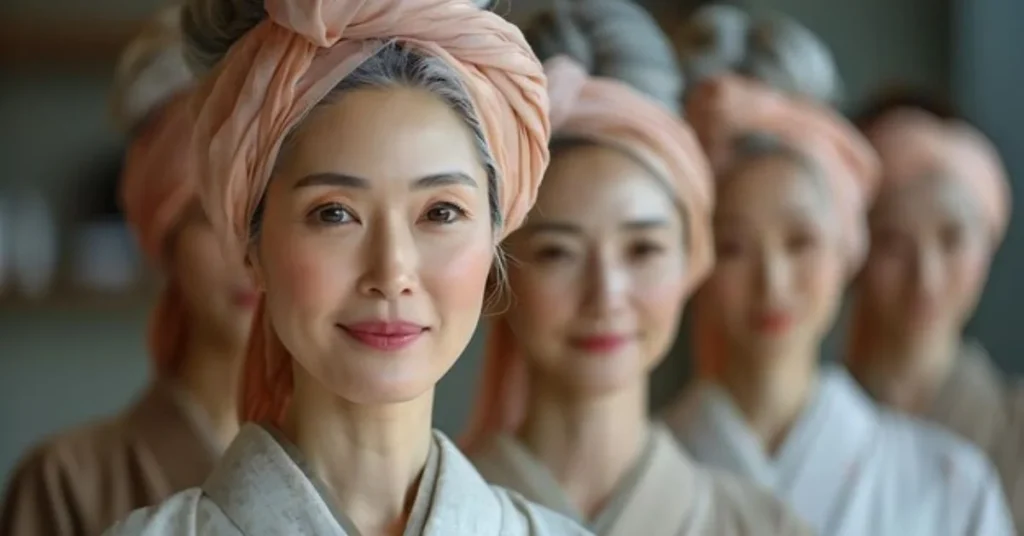
Modern Japanese Beauty Trends
As Japan opened up to Western influences, modern beauty trends started merging with traditional values. Today, Japanese beauty standards still admire flawless, youthful skin, but modern methods like makeup and skincare products have become central to maintaining this look.
In the modern era, big eyes have become highly sought after, often achieved through makeup techniques or even cosmetic surgery. The use of colored contact lenses and fake eyelashes is also widespread to create the illusion of larger eyes.
A slim figure is another prominent standard in Japan. While being petite has always been valued, today’s emphasis on fitness and health has expanded the notion of beauty to include a toned yet slender body shape.
The Influence of Kawaii Culture
A significant part of modern Japanese beauty standards is influenced by kawaii culture. “Kawaii” means “cute” in Japanese, and this concept impacts not only fashion and beauty but also everyday behaviors. The desire to appear youthful, innocent, and adorable is central to this culture.
Girls often opt for soft, round faces, which are considered more “kawaii” or youthful. This trend extends to wearing makeup that enhances youthful features, such as rosy cheeks and soft, natural lipstick colors.
Additionally, hairstyles play a major role in achieving a kawaii look. Soft curls, bangs, and hair accessories like bows and ribbons are commonly used to enhance the “cute” aesthetic.
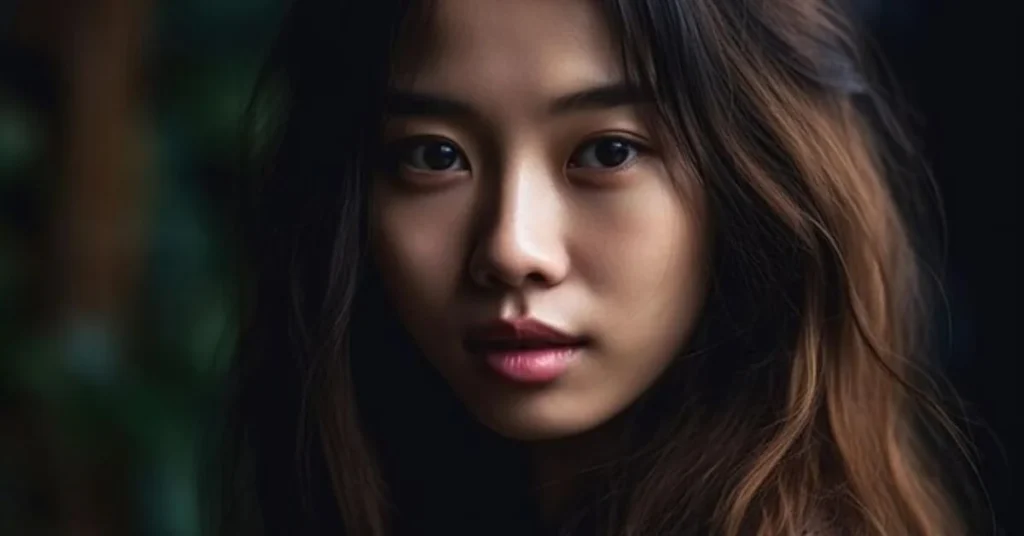
Skin Whitening and Japanese Beauty Standards
The obsession with light skin is still very prominent in modern Japan, though it has evolved with new techniques and products. Skin-whitening products are hugely popular, with many Japanese women using skincare and makeup to achieve a porcelain-like complexion. This is partly due to the belief that clear, light skin symbolizes youth, cleanliness, and elegance.
Several cosmetic brands focus on brightening and whitening skincare lines, as the desire for radiant skin remains a top priority. However, this trend has drawn criticism for promoting unrealistic beauty ideals, particularly in regard to diversity and natural skin tones.
The Role of Makeup in Defining Beauty
In Japan, makeup is more than just about looking beautiful; it’s seen as a form of self-expression and respect. Wearing makeup in public, especially in professional settings, is often considered a reflection of one’s discipline and dedication.
Japanese makeup trends focus on enhancing natural beauty. Products like BB creams, blush, and lip tints are used to create a soft, youthful look, while contouring is much less common compared to Western beauty standards. The goal is often to create a look that is both subtle and polished, blending in harmoniously with one’s natural features.
Japanese Hair Trends and Beauty Standards
While traditional Japanese Beauty Standards long, straight hair, modern hairstyles in Japan vary significantly. From chic bob cuts to colorful, adventurous styles, hair trends in Japan have become an exciting part of personal beauty.
Coloring hair in shades of brown or even pastel colors has gained popularity, especially among younger generations. However, many still maintain traditional black or dark brown hair, symbolizing the balance between modernity and tradition.
Cultural Pressure and Beauty Expectations
Like many cultures, Japan has its own set of societal pressures when it comes to beauty. The idealized standards can sometimes lead to unrealistic expectations, especially among young women. From strict workplace beauty policies to the widespread use of social media and filters, these expectations can cause stress for many trying to keep up.
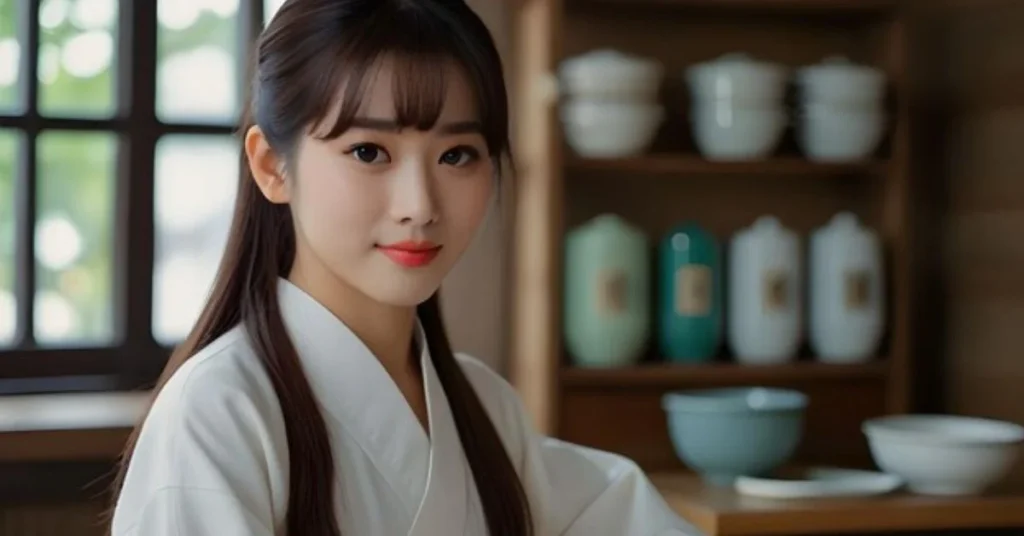
Conclusion
Japanese beauty standards offer a fascinating glimpse into a culture that balances traditional values with modern trends. From flawless skin to the influence of kawaii culture, beauty in Japan is about achieving harmony between natural features and societal expectations. While these ideals may seem restrictive at times, they also inspire creativity and self-expression. As global beauty trends evolve, Japan continues to leave a significant mark, demonstrating that beauty truly transcends borders.
For further reading, you can explore more this site.
What are the key elements of traditional Japanese beauty?
Traditional Japanese beauty emphasizes fair skin, long dark hair, and an oval face with balanced, symmetrical features.
How has modern Japanese beauty evolved?
Modern Japanese beauty still values fair skin but also focuses on big eyes, slim figures, and kawaii (cute) elements that emphasize youth and innocence.
Why is skin whitening popular in Japan?
The preference for light skin stems from a traditional belief that fair skin is associated with nobility, elegance, and youth. Many use whitening products to achieve this look.
What role does kawaii culture play in beauty standards?
Kawaii culture, which means “cute,” promotes a youthful, innocent look. People often use makeup, hairstyles, and fashion choices to achieve a kawaii appearance.
How does makeup reflect beauty in Japan?
Makeup in Japan is often seen as a way to express self-respect and discipline. The goal is usually to enhance one’s natural features in a soft, subtle way.





